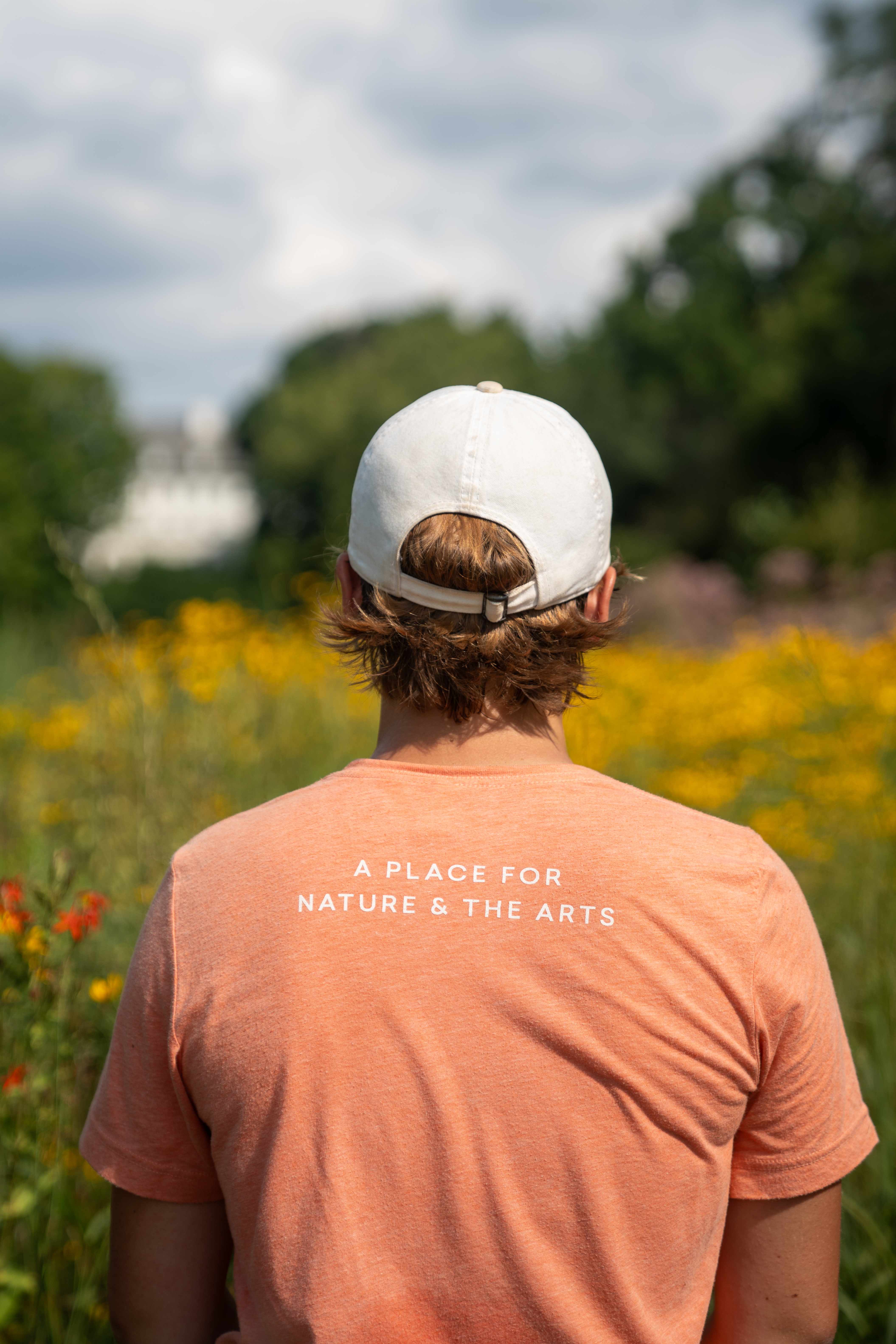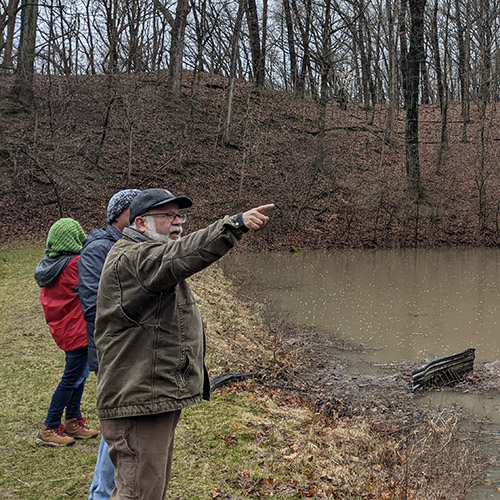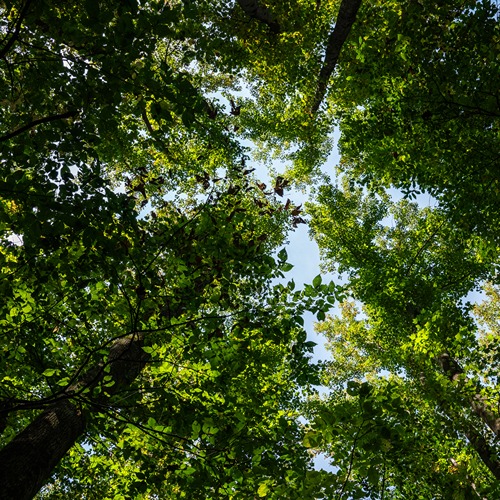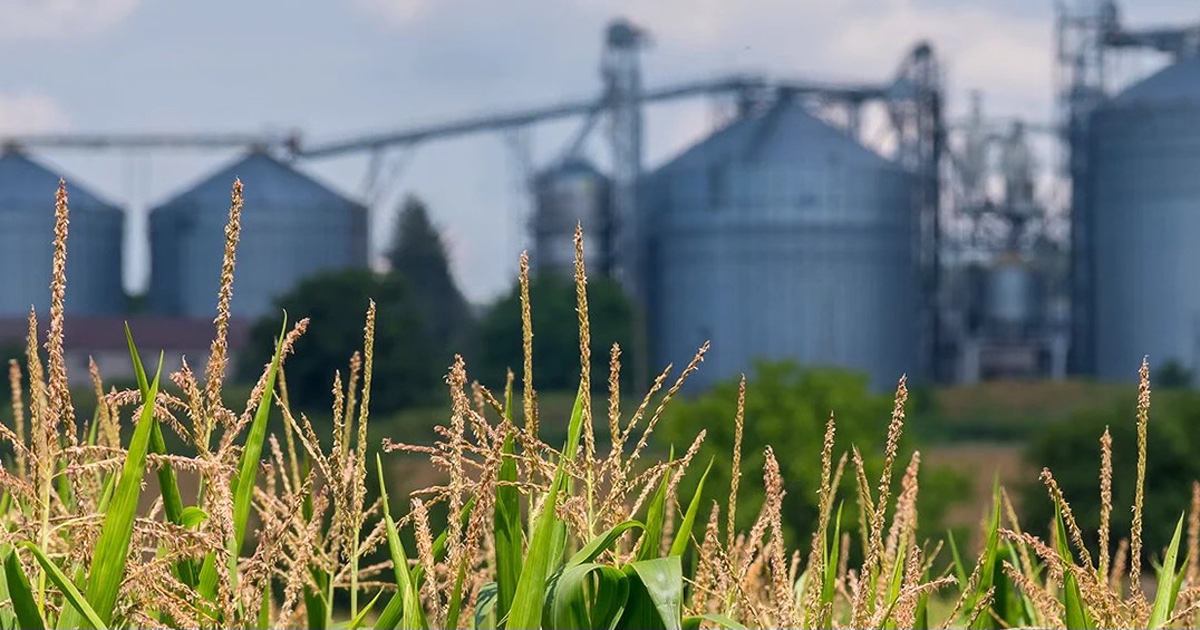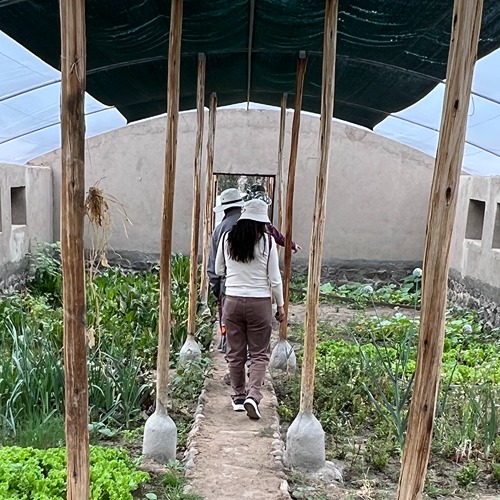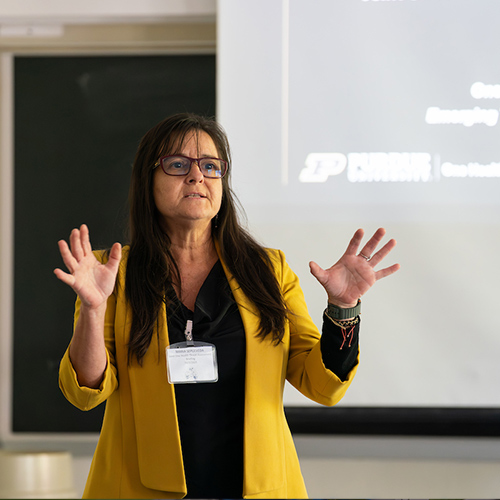The art of nature
Purple coneflower, yellow black-eyed Susan, pink sweet Joe-Pye-weed and orange butterfly milkweed sway in a rare August breeze. Shimmering green and red, ruby-throated hummingbirds flit about from flower to flower. The Wild Birds Unlimited Native Pollinator Meadow is a colorful, living mural of an Indiana summer. Newfields intern Kae Nielson wanders through their favorite spot on the cultural and nature park’s campus—this meadow overlooked by a serene historic estate.
POLLINATORS AND PEOPLE
The pavilion itself is beautiful, but part of what makes it so are these native flower beds around it and the hummingbirds that visit the feeders we fill. Whenever I see a hummingbird, it’s magical. The natural environment we cultivate creates an immersive art experience."
Nielson helps plant native plants and flowers and weeds out invasive plants to keep Indiana pollinators thriving, especially in urban areas, so that green spaces can flourish in cities. Urban spaces like Indianapolis can become very hot due to asphalt, exhaust from vehicles and other factors, and pockets of green spaces help cool cities down.
Integrating and maintaining nature in cities also positively impacts human health.
I experience so much joy from being in nature, and I’ve had people approach me and thank us for what we do. A woman told me she had been going through a hard time but walking through the meadow reminded of her childhood growing up on a farm, and all of the flowers and smells brought her peace. That’s the core of what we do. We do it for the pollinators and the people."
FROM THE CLASSROOM TO THE MEADOW
 Nielson’s NRES studies guided them through their internship experience. A class they had taken at Purdue sparked an innovative idea that they implemented at the park.
Nielson’s NRES studies guided them through their internship experience. A class they had taken at Purdue sparked an innovative idea that they implemented at the park.
Newfields’ internship program requires each student to complete a project of their choice in addition to their daily maintenance duties. Using skills they had learned in their last semester’s geographic informational systems (GIS) course, Nielson created a map on ArcGIS that acts as a database for invasive species in Fairbanks Park that can then be accessed through the Field Maps app.
GIS software systems like ArcGIS analyze spatial information and connect it with attribute information. In other words, land managers can tag a location with information about the plant species found there. Nielson’s map on Field Maps allows users to log when they see an invasive species, how many plants are located there, how it was treated and if they need to revisit the site for further treatment.
With this app, we can pull out our phones and respond to environmental problems rapidly. We can see patterns and problem spots. If we treated an invasive with something and see it didn’t work, now we can come up with an alternative solution quickly. My Purdue GIS class made it possible for me to create this tool."
CULTIVATING A GREENER FUTURE
Nielson’s internship at Newfields was a critical steppingstone on their path to working in environmental restoration.
This land used to be farmland. This lake was a quarry. Native species were essentially destroyed. Over the years that Newfields has owned this park, they’re slowly reclaiming the land for native species. It’s been so special to be a part of those restoration efforts. I’m not going on coffee runs—–I’m working in the field, preparing for my future career, making a real impact!"




